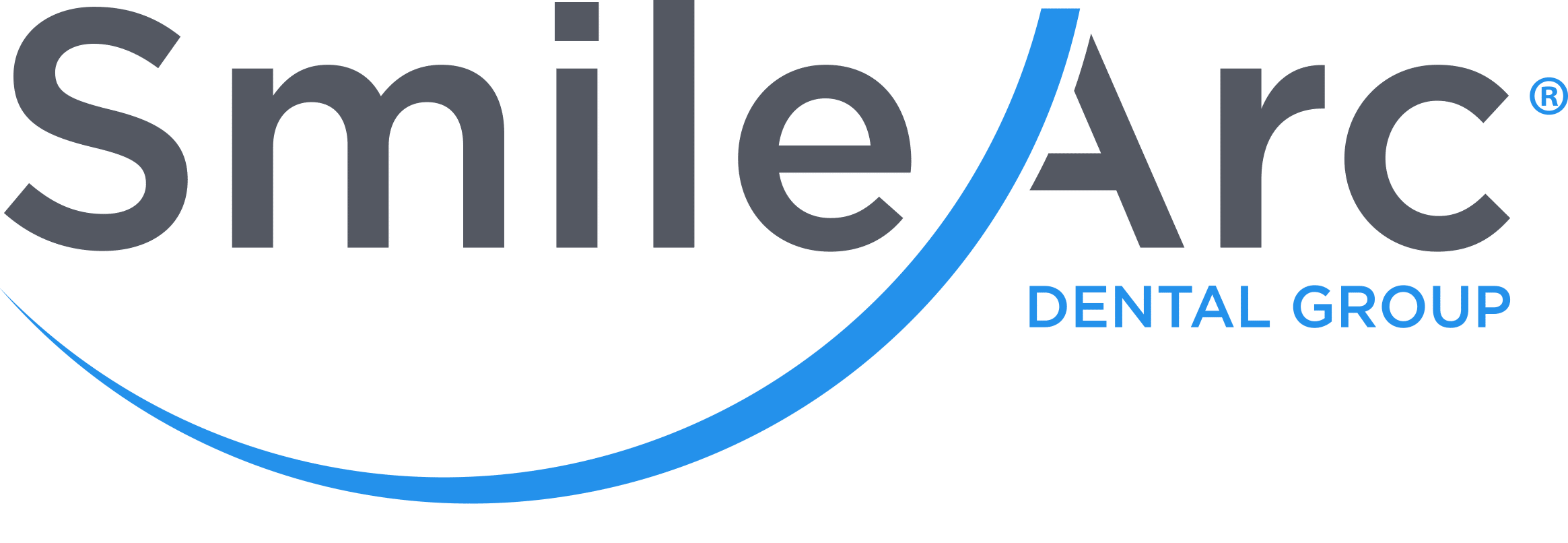Breathe Easy, Sleep Better with Airway Dentistry
Airway Dentistry focuses on improving breathing and sleep quality by addressing issues such as obstructive sleep apnea and sleep-disordered breathing through orthodontic treatments and airway-focused techniques.
WHAT IS AIRWAY DENSTISTRY?
At SMILE ARC DENTAL GROUP, we believe in more than just achieving straight teeth and a beautiful smile. Our focus extends to the overall health and well-being of our patients. One area where this philosophy is particularly crucial is when a child presents with a crowded or crooked smile, as it may indicate improper jaw growth. Certain oral habits and jaw deformities can contribute to conditions such as Obstructive Sleep Apnea (OSA) and Sleep Disordered Breathing (SDB). Airway Dentistry encompasses treatment methods aimed at expanding a patient’s airway to address OSA and SDB.
WHAT IS OBSTRUCTIVE SLEEP APNEA (OSA) AND SLEEP DISORDERED BREATHING (SDB)?
Obstructive Sleep Apnea (OSA) occurs when the airway partially or completely closes during sleep, leading to interruptions in breathing. This triggers the release of cortisol, commonly known as the “fight or flight” or “survival” stress hormone. Elevated cortisol levels increase heart rate and activate muscles to restore breathing. Despite not fully awakening, individuals are pulled from deep restorative sleep to resume breathing. This cycle repeats each time they enter deeper sleep stages.
This continual strain on the body can be likened to running a marathon throughout the night. The result is waking up feeling exhausted and unrefreshed. Moreover, prolonged elevation of cortisol levels can detrimentally impact various bodily functions. These include the immune system, hormone regulation, insulin sensitivity, gastric acid production, cognitive processes such as learning and memory, as well as numerous other organs and physiological functions.
SYMPTOMS OF OSA & SDB
- Snoring
- Mouth Breathing
- Enlarged Tonsils/Adenoids
- Facial & Jaw Deformities
- Restless Sleep & Drowsiness During the Day
- Moodiness
- Short Attention Span or ADD/ADHD
- Bed Wetting
CAUSES
The most common and significant causes of OSA and SDB are:
- Obstructive tissues (enlarged tonsils, adenoids, turbinate bones (in the nose), deviated septum)
- Lack of room for the tongue (narrow jaws, recessive upper and lower jaws, tongue-tied)
TREATMENT
We treat OSA and SDB with these two methods:
- Growth-oriented dentistry (jaw expansion, advancement of upper and/or lower jaws to create room for the tongue and open the airway) rather than pulling teeth.
- Reduction of obstructive tissues (Removal of Tonsils/Adenoids, allergy correction, or naturopathic). Research has shown that the best results occur when both are done!

